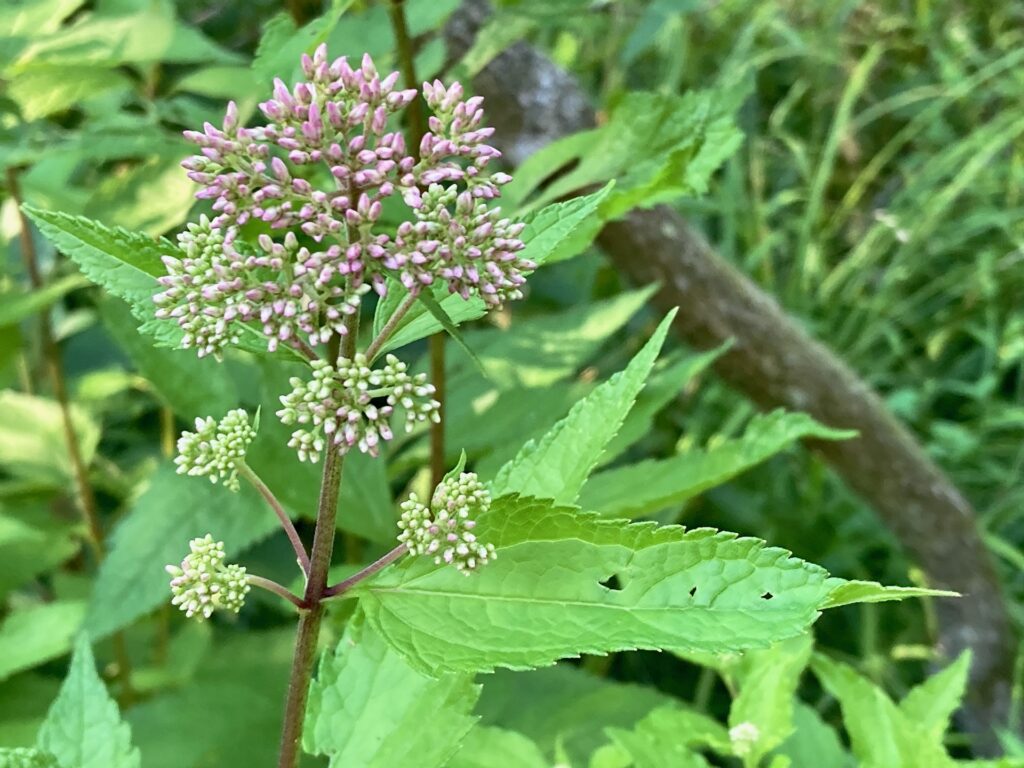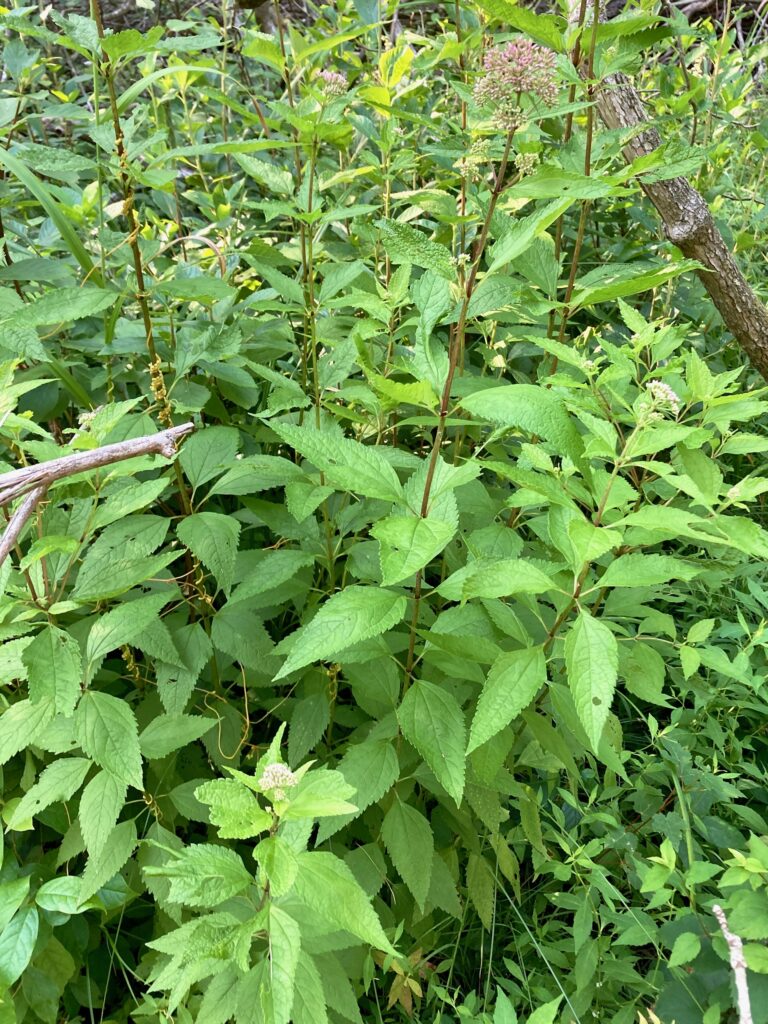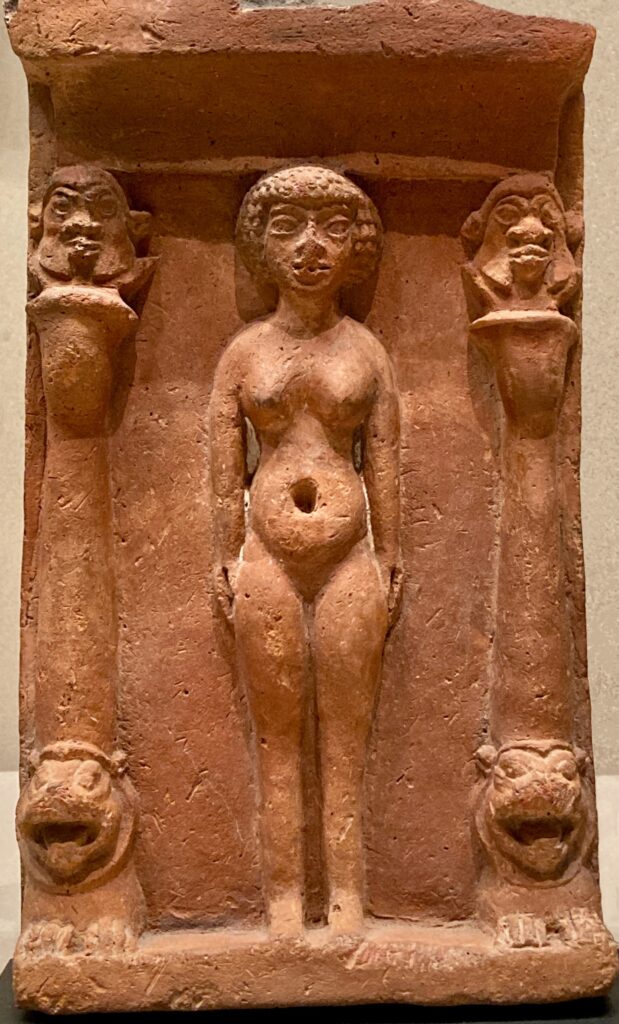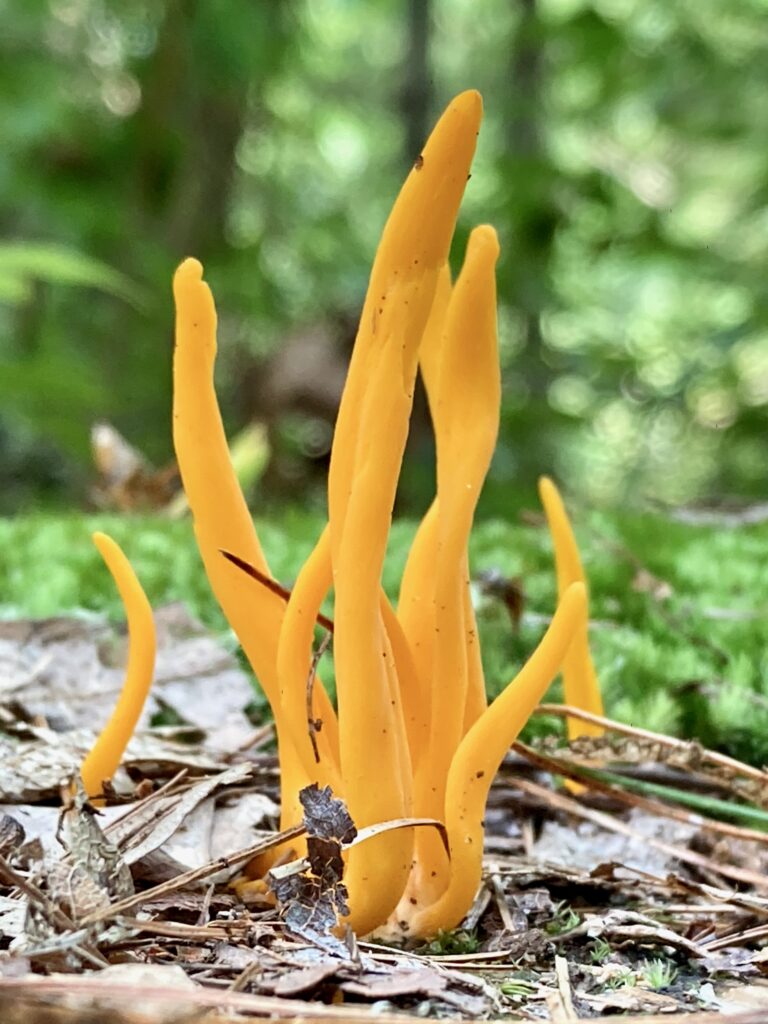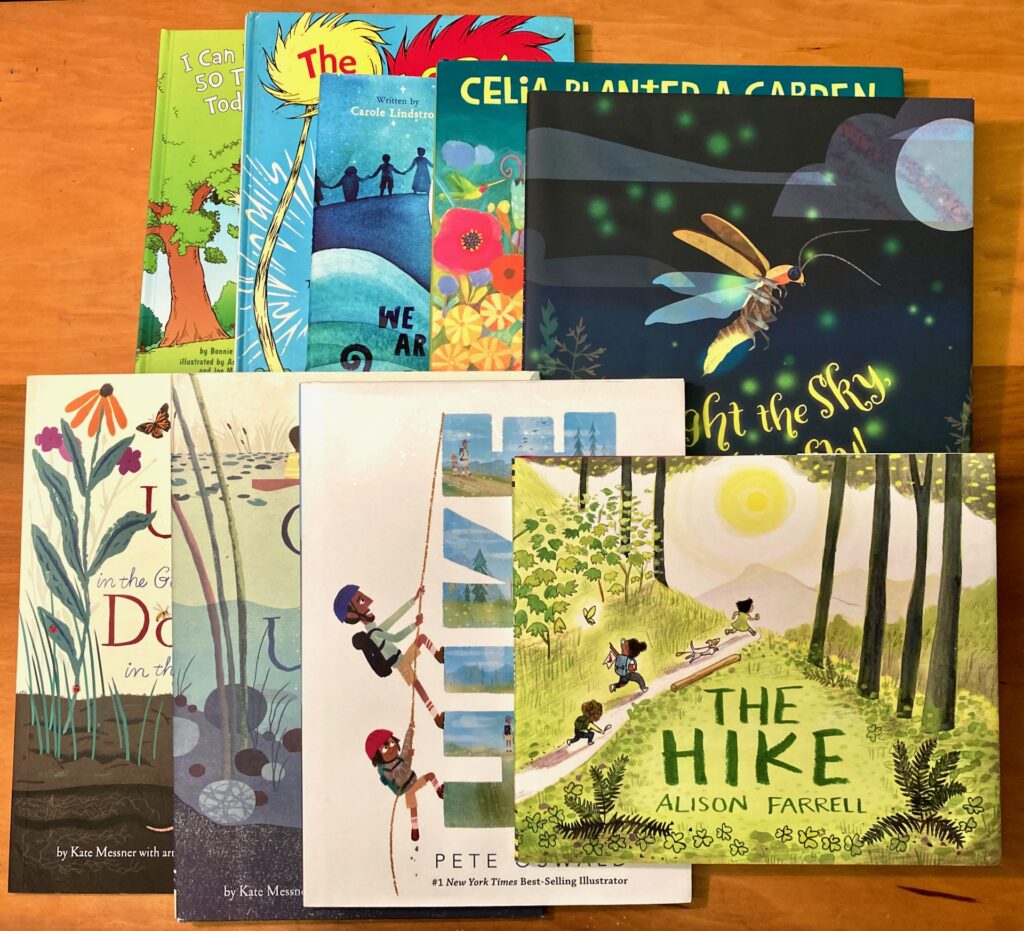“The Conversation” website has an excellent piece titled “How Sport Became the New Religion,” by Hugh McLeod, professor emeritus at the Univ. of Birmingham (U.K.). McLeod traces the history of the rise of sport, and the concurrent decline of religion, over the past two centuries. From his perspective as a U.K. historian, he identifies several key moments:
1850s: sport was of central importance in the U.K.’s elite private high schools; these elite high schools were training grounds for Anglican clergy, and one third of the top cricketers and footballers from Oxford and Cambridge Universities went on to become clergy
1880s: “Muscular Christianity” movement begins to develop, with clergy advocates emphasizing spirt, mind, and body
1920s and 30s: a large percentage of club teams in hockey and rounders (women), and cricket and football (men) were church-based clubs
1960: the Football Association (soccer to us Yanks) lifted its ban on Sunday games
1960s: emergence of a trend of scattering a deceased person’s ashes on the field of their favorite sports team
1990s: “sports chaplaincy” movement becomes a standard position in many U.K. sports teams, esp. football (soccer) and rugby
2000s: “Game Plan,” a U.K. government initiative to “reduce crime and enhance social inclusion,” claims that participation in sports can reduce social ills — i.e., society is now looking to sport rather than to organized religion to reduce social ills
2017: in spite of sports scandals, 71% of Britons believe “sport is a force for the good”
Today: McLeod writes that “religion has been crowded out by sport in general society, it remains a conspicuous part of elite sport – with a number of studies around the world finding that athletes tend to be more religious than non-athletes.”
Obviously, the U.S. would have a somewhat different timeline. But the end result is much the same: participation in organized religion continues to decline, while participation in sports — both as a player and/or a fan — remains robust.
So don’t believe people who claim that religion is dying out in the U.S. Maybe Christianity is in decline, and probably other organized religions as well. But participation in sports is not in decline, and in fact it has taken over the role that religion used to play in the U.S.

